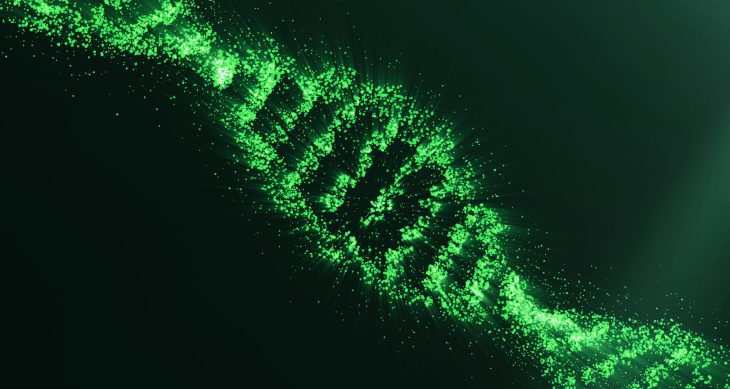CRISPR-Cas9, the gene-editing tool that is currently the darling of biotech and many other fields, may not be quite as miraculous as early tests suggested. A new study finds that what scientists thought of as a scalpel may be more like a felling axe, causing damage hundreds of times what was previously observed.
Before anyone panics and checks out the window for mutated monstrosities, it should be said right away that this isn’t a nightmare scenario by any means: the tool can still be used in many ways safely, and the clinical repercussions of the damage are unexplored. But this unexpected limitation of a tool so widely applied will almost certainly put a chill on its use.
CRISPR, as a quick reminder, is basically a molecule that cleanly and reliably snips bases out of DNA strands paired with a molecule that hunts out a single sequence of bases. Together, they act like a pair of laser-guided scissors.
The idea is that by cutting out a handful of bases in a sequence that produces, for instance, sickle cell anemia, you can disable that gene altogether. This has been shown in numerous studies, and although unexpected insertions and deletions (abbreviated “indels”) of a handful of base pairs has been observed, no greater damage has been expected or seen — until now.
It turns out that some CRISPR edits may produce indels at the scale of thousands of bases — more than enough to affect adjacent genes or otherwise interfere with normal genetic operation.
The study published today in Nature, by Michael Kosicki, Kärt Tomberg and Allan Bradley of the Wellcome Sanger Institute, explains that previous research may have never encountered this type of damage simply because, essentially, it never allowed damage at this scale to occur.
The problem isn’t that CRISPR is going wild and producing this damage on its own; instead, the issue is an unexpectedly sloppy repair job by the cell itself.
After a CRISPR snip, lead author Bradley explained in a Nature news writeup, “the cell will try to stitch things back together. But it doesn’t really know what bits of DNA lie adjacent to each other.”
While doing its best to repair the damage with a bit of its own genetic cutting and pasting, it may accidentally substitute hundreds or thousands of base pairs that weren’t there, or cut out similarly sized ranges that were supposed to remain.
Because previous studies often used many copies of the same thousand-pair (or thereabouts) sequence to watch CRISPR in action, the possibility of thousand-pair damage was pretty much absent. It’s only when using much longer and more diverse strands of DNA that these high-volume indels are possible.
“We speculate that current assessments may have missed a substantial proportion of potential genotypes generated by on-target Cas9 cutting and repair, some of which may have potential pathogenic consequences,” reads the paper.
Fortunately, the damage seems to only occur when the job performed by the CRISPR complex is the cutting out of a sequence, leaving it open for the cell to repair. There are other methods that involve replacing or deactivating sequences that should not provoke this reaction. And like many problems in the practical biological sciences, it doesn’t need to be feared and worried about — it needs to be studied and accounted for.
Shondra Pruett-Miller, director of the Center for Advanced Genome Engineering at St Jude’s Children’s Research Hospital, explains this a bit better:
I think the study is interesting and important, but not surprising. The field has seen these types of on-target repair events in the past. Of note, the study was not conducted in clinically relevant cell types. However, the article is important because it reminds us that safety and understanding the potential risks associated with genome editing are paramount before moving into the clinic. Although the Bradley study does shine the light on the potential for unexpected on-target events, it does not negate the immense potential of CRISPR-Cas9.
All the same, having serious genetic damage accompany any part of this revolutionary technique will surely (or at least hopefully) spur inquiry and countermeasures, even if it means tapping the brakes on certain existing therapies, experiments and companies.
